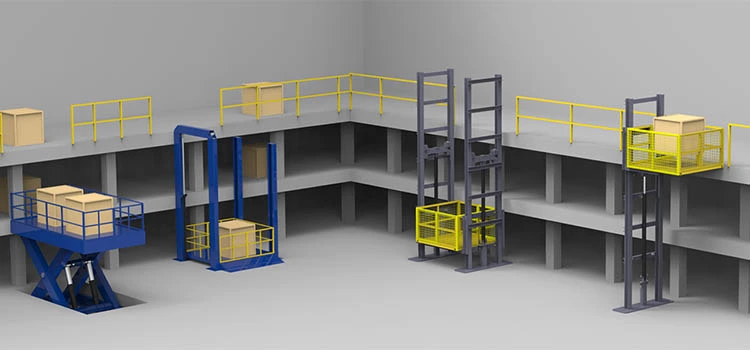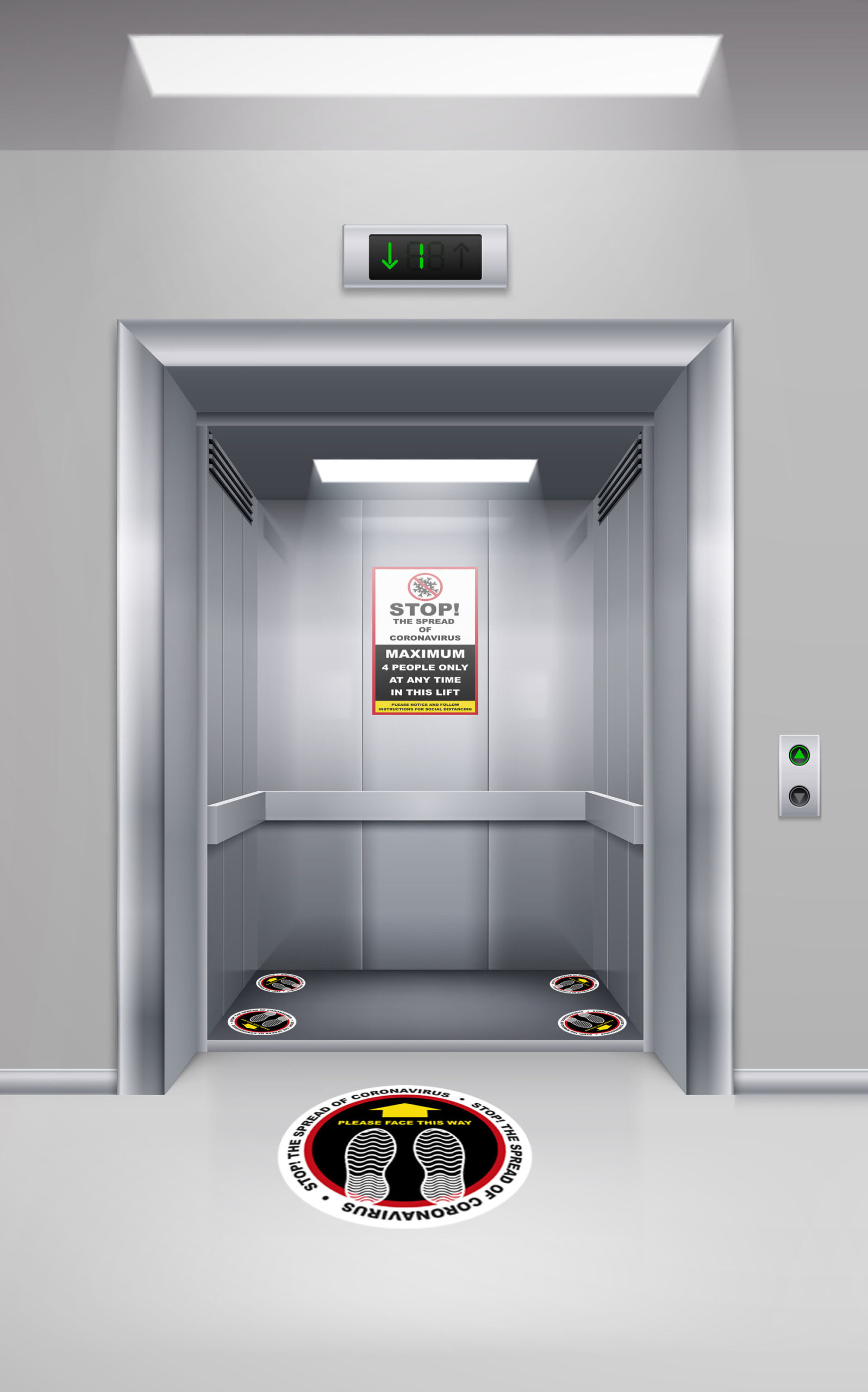Exploring the World of Lifts: Common Concerns Encountered by Numerous Lift Systems
As we browse via the upright transport systems of modern buildings, lifts stand out as an indispensable element of our lives. However, behind their smooth procedure exists a globe of intricate mechanisms that can in some cases encounter obstacles. From hydraulic elevators to traction systems and machine-room-less styles, each lift type comes with its collection of typical issues. Understanding these difficulties is critical for making sure the smooth performance of these important systems. Let's check out the intricacies that underlie the operation of elevators and the prospective problems that can occur, dropping light on the detailed web of lift mechanisms.
Hydraulic Lifts
Hydraulic lifts, commonly favored for low-rise structures, make use of fluid pressure to regulate the motion of the lift vehicle (lift repair companies). This system includes a hydraulic pump pushing oil into a cylinder, creating the lift to relocate the preferred instructions. While hydraulic elevators are recognized for their peaceful and smooth operation, they do feature their very own set of typical concerns
One prevalent problem with hydraulic elevators is oil leak. In addition, problems with the control system, such as faulty shutoffs or a malfunctioning pump, can cause disturbances in the lift's activity.
Normal maintenance and timely fixings are important to guarantee the smooth performance of hydraulic lifts. By resolving these usual issues proactively, building owners can lessen downtime and guarantee the safety and security and performance of their upright transportation system.
Grip Lifts
When considering vertical transportation systems in buildings, an additional usual type in addition to hydraulic elevators is the grip elevator. Traction elevators operate using a system of ropes and weights that relocate the elevator automobile by clutching onto the hoist ropes. This system permits for smoother and much faster vertical transport contrasted to hydraulic systems.
One of the usual concerns faced by traction lifts is rope wear. The continuous activity of the ropes within the traction system can bring about deterioration over time, possibly causing the lift to malfunction or come to be harmful for usage. Normal examinations and maintenance of the ropes are necessary to make sure the elevator's appropriate functioning and safety and security.
Another problem that traction elevators may experience is related to the control system. Problems with the control system can lead to problems such as unpredictable activity, delays in action times, and even full shutdowns. Regular screening and maintenance of the control system are critical to avoid such concerns and ensure the elevator's dependability.
Machine-Room-Less (MRL) Elevators

Among the key components of MRL elevators is the compact gearless traction machine that is mounted within the hoistway. This equipment effectively drives the elevator car without the requirement for cumbersome devices discovered in typical traction elevators. Furthermore, MRL elevators normally make use of a weight system to balance the cars and truck, further enhancing their power efficiency.
Despite their advantages, MRL elevators might deal with difficulties connected to upkeep and repair service as a result of the constrained room for equipment installment. Accessibility for servicing elements within the shaft can be limited, calling for specialized training for service technicians. Appropriate upkeep routines and regular inspections are important to ensure the continued smooth procedure of MRL elevators.
Overloading and Weight Limitation Issues
Are lifts equipped to take care of excess weight tons efficiently and safely? Overloading and weight limit problems are crucial problems in elevator procedures. Elevator producers design raises with particular weight capacities to guarantee passenger safety and devices durability. Surpassing these weight limitations can cause numerous troubles, including mechanical failings, hold-ups, and safety hazards.
When elevators are strained, it places excessive stress on the motor, wires, and various you can look here other parts, possibly triggering breakdowns or break downs. If they spot excess weight, safety mechanisms such as sensing units and overload sensors are in location to avoid elevators from moving. Additionally, going beyond weight limits can lead to raised energy consumption and deterioration on the elevator system.
To alleviate overloading issues, building supervisors should prominently show weight restrictions in lifts and educate residents on the significance of sticking to these restrictions - lift repair companies. Normal maintenance checks by certified specialists can likewise help make certain that elevators are operating within safe weight parameters. By addressing overloading and weight limit problems proactively, structure proprietors can improve lift safety and security and performance
Electrical System Failings
Surpassing weight limits in elevators can not just lead to mechanical issues but likewise potentially add to electrical system failures within the lift infrastructure. Electric system failings are a vital issue in lift operation, as they can create unforeseen closures, breakdowns, or also safety and security threats.
Moreover, power rises or variations in the electric supply can likewise interrupt the lift's operation, influencing its efficiency and safety. These electric disruptions can harm sensitive elevator elements such as control panels, circuit boards, or sensing units, resulting in system failings. Regular maintenance and examinations are vital to determine and deal with potential electric concerns quickly, guaranteeing the reliable and safe operation of lift systems. By sticking to weight limitations and performing routine electric system checks, building owners can alleviate Visit Website the risk of electrical failures in elevators.
Final Thought

Hydraulic lifts, typically liked for low-rise structures, utilize fluid pressure to manage the activity of the elevator vehicle.When taking into consideration upright transportation systems in buildings, one more usual kind apart from hydraulic elevators is the traction lift. Grip elevators run utilizing a system of ropes and weights click to find out more that move the elevator auto by clutching onto the hoist ropes. Unlike typical elevators that require a different device room to house the equipment, MRL elevators integrate many of the parts within the shaft, eliminating the requirement for a dedicated maker space.In conclusion, lifts face typical problems such as hydraulic malfunctions, traction system failings, and electric system issues.